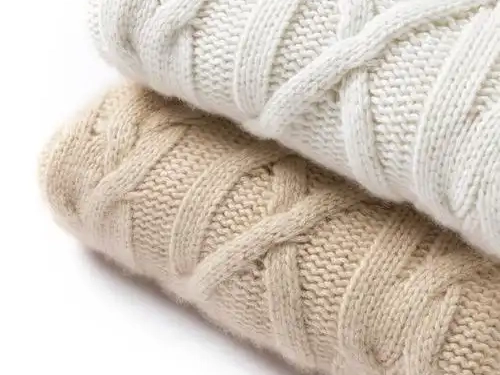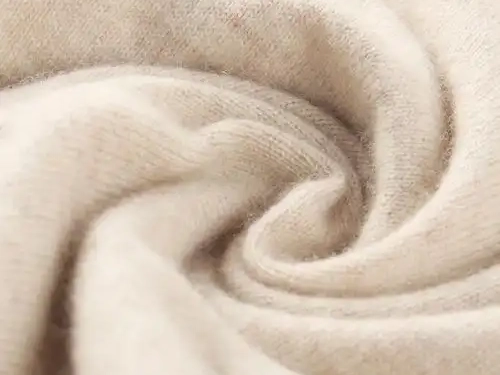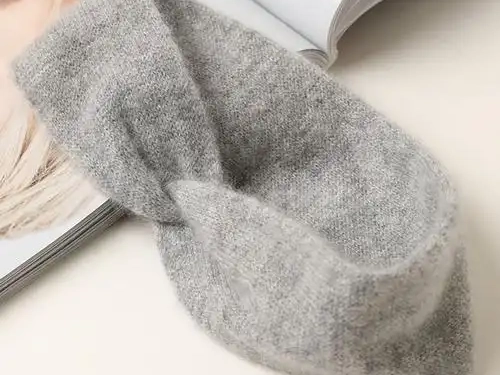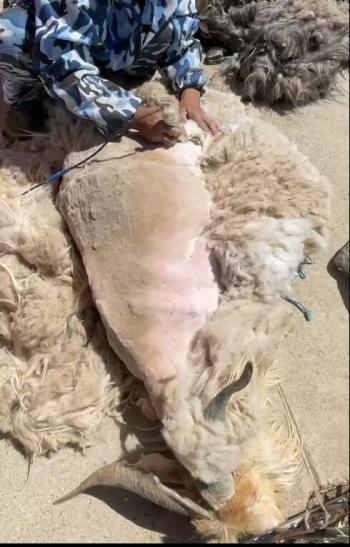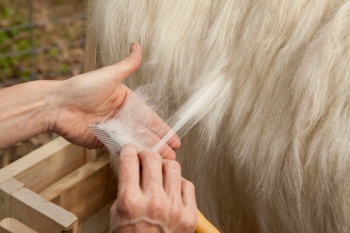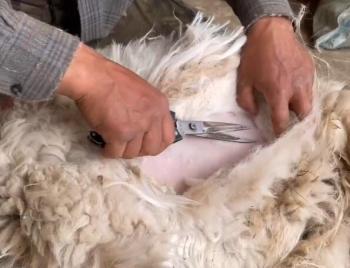
How to Sort Wool
May 23,2025
01. Washing wool
1. Shake off any surface dust or vegetation. The newly cut wool fibers may also contain dirt, so you must ensure thorough cleaning.
2. Fill a basin with warm water. The washbasin should be large enough to comfortably accommodate the amount of wool you want to wash. The water temperature should be around 180 degrees Fahrenheit (82 degrees Celsius). Overheated water will strip the natural oil from wool.
3. Pour in a few sprays of dishwashing detergent. To protect wool fibers, avoid using soap or detergent containing bleach or similar whitening additives. Stir the detergent into the water until the water becomes foam.
4. Immerse your wool in water. Soak the wool in a warm water basin for about ten minutes. This should loosen the dirt particles, making it easier for the dirt to separate from the wool, or you can use some gentle scrubbing to remove it. Rub the wool by hand to thoroughly clean it.
Repeat this process as needed. Before the wool is completely clean, it may need to be soaked 2-3 times.
5. Empty your sink. Remove the wool and pull out the stopper, allowing the sink to drain or pouring water from the bucket. Rinse the remaining dirt in the sink or bucket with clean water.
6. Rinse off all the soap on the wool. You may need to wash the wool three times or more.
7. Place wet wool on a thick towel. Wrap it with a towel and gently squeeze to squeeze out as much excess water as possible.
8. Spread the wool flat and dry it. You can also lay it flat on the clothes rack. Let the wool air dry naturally at night. Do not attempt to comb the wool before it is completely dry.
02. Hand combing wool
1. Purchase hand combs from textile or handicraft shops. Combs are wooden paddles covered with needle plates, which are often very similar to cat or dog brushes. Be sure to avoid purchasing a comb specifically designed for cotton and instead choose a comb specifically designed for wool.
Plush organizer comes in different sizes and models. If you lack upper body strength, larger models may be more difficult to operate.
The comb teeth on some wool carding machines are very close. They are difficult to separate, but the wool can be combed finer.
Hand combs also have different types of teeth for different purposes. Coarse toothed comb is used to comb coarse fibers such as wool and mohair. Fine toothed combs are generally used to comb softer fibers such as cotton and Angora rabbit hair.
2. Cover a combing machine with a thin layer of wool. You need to cover the surface of the carding machine with wool until almost all teeth are covered, but do not let excess wool hang down from the side of the carding machine. Do not cover other carding machines with wool.
3. Sit down with your legs empty. Place the complete comb over your left knee, with the wool facing up. Grasp the handle of the hair comb with your left hand. If your left hand is dominant, you can switch hands and knees.
4. Hold the empty clip with your right hand (or dominant hand). The direction of the comb should be such that the needle surface is facing downwards, towards the wool on the other comb.
5. Slide the empty hair comb over another hair comb from the top. Starting from the top of the comb (opposite the handle), work in one direction with a complete stroke from top to bottom. No need to press hard. Needle paper should grab several fibers at once and sort them onto the second carding machine.
6. Repeat this process until all the wool is transferred to the correct carding machine. If you see any knots, continue brushing until they are removed and transferred to the surface of another carding machine. This may take up to five minutes to complete, depending on the speed you choose.
03. Combed and woolen wool
1. Repeat the manual combing process to further refine the wool. Transfer the currently full grooming device to the left knee. Pick up the empty hair comb with your right hand and gently brush it over the full comb as before.
2. Continue to replace the weaving machine. Carefully observe the combed fibers. If they fall in parallel lines, then they are ready.
3. Lift the combed wool from the carding machine. Starting from the top of the carding machine, slowly move to the handle and lift the wool throughout the entire process. You can use another carding machine to help lift the top of the fiber upwards and backwards. During the lifting process, you can gently and loosely roll up the wool until it looks like a Mexican burrito. Once the fiber is rolled up, it is called a roll.
Next
Previous Page:
Next Page:
Recent Posts
2025-05-23
2025-05-23
2023-07-29
2023-07-29
2023-07-29

